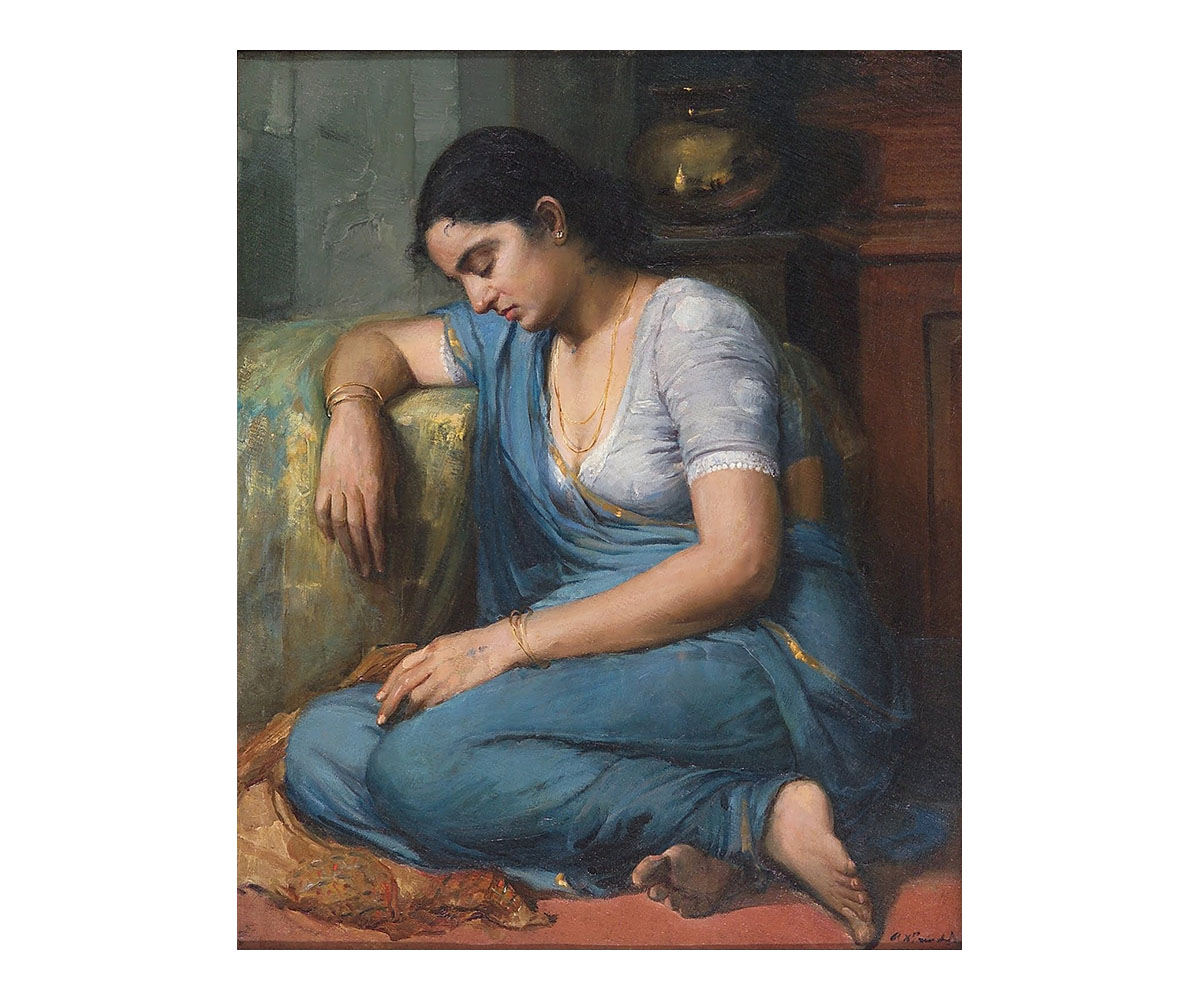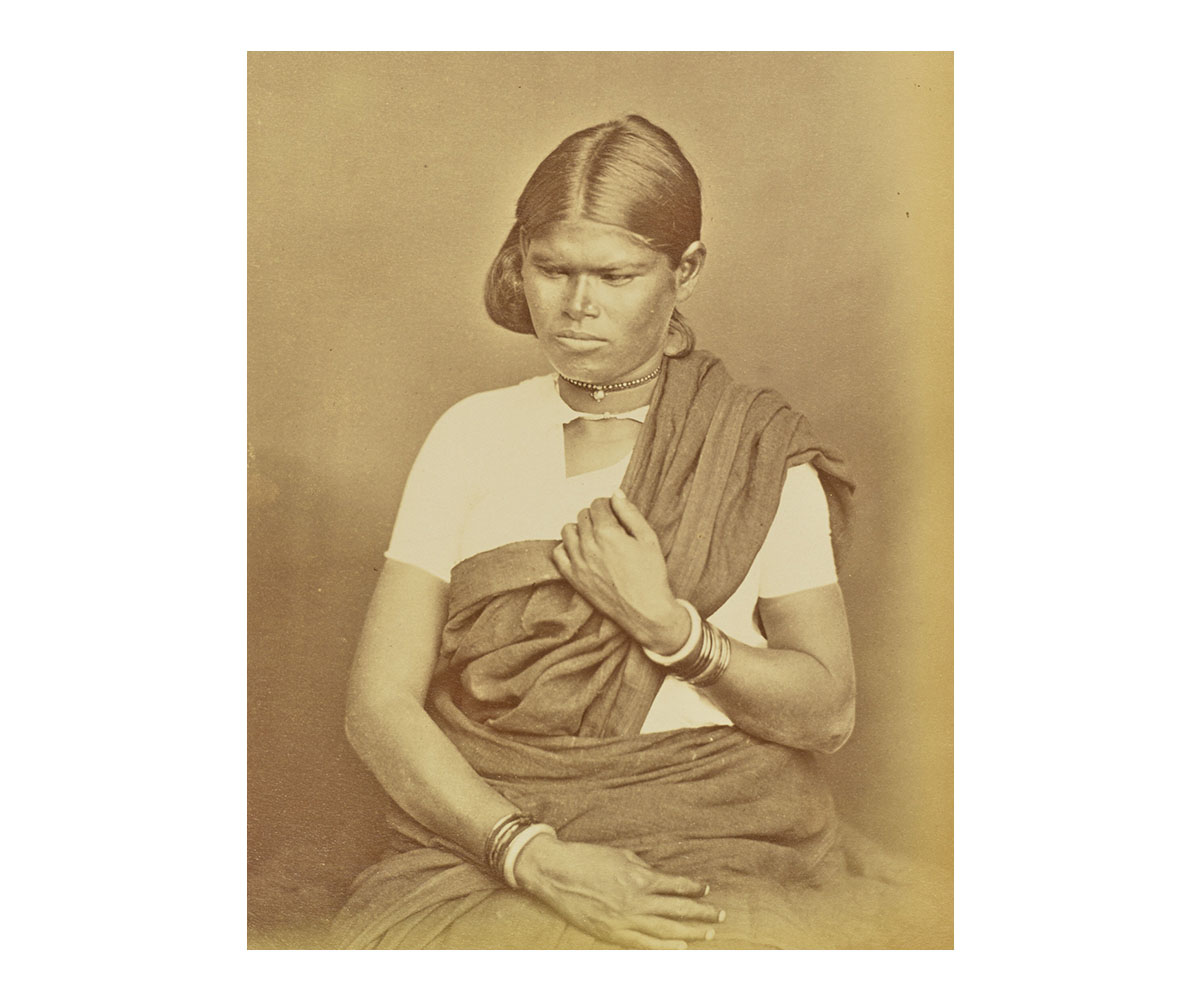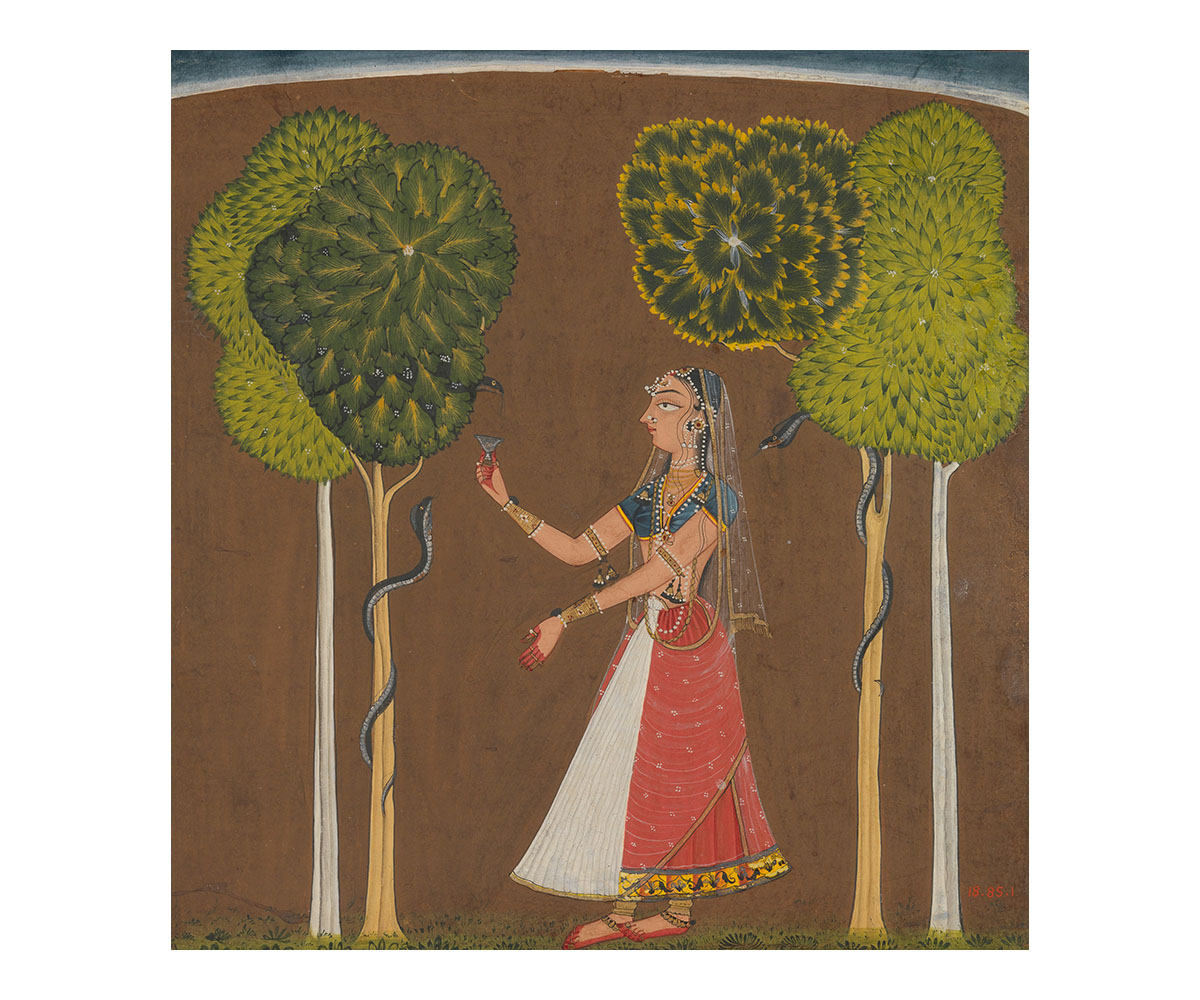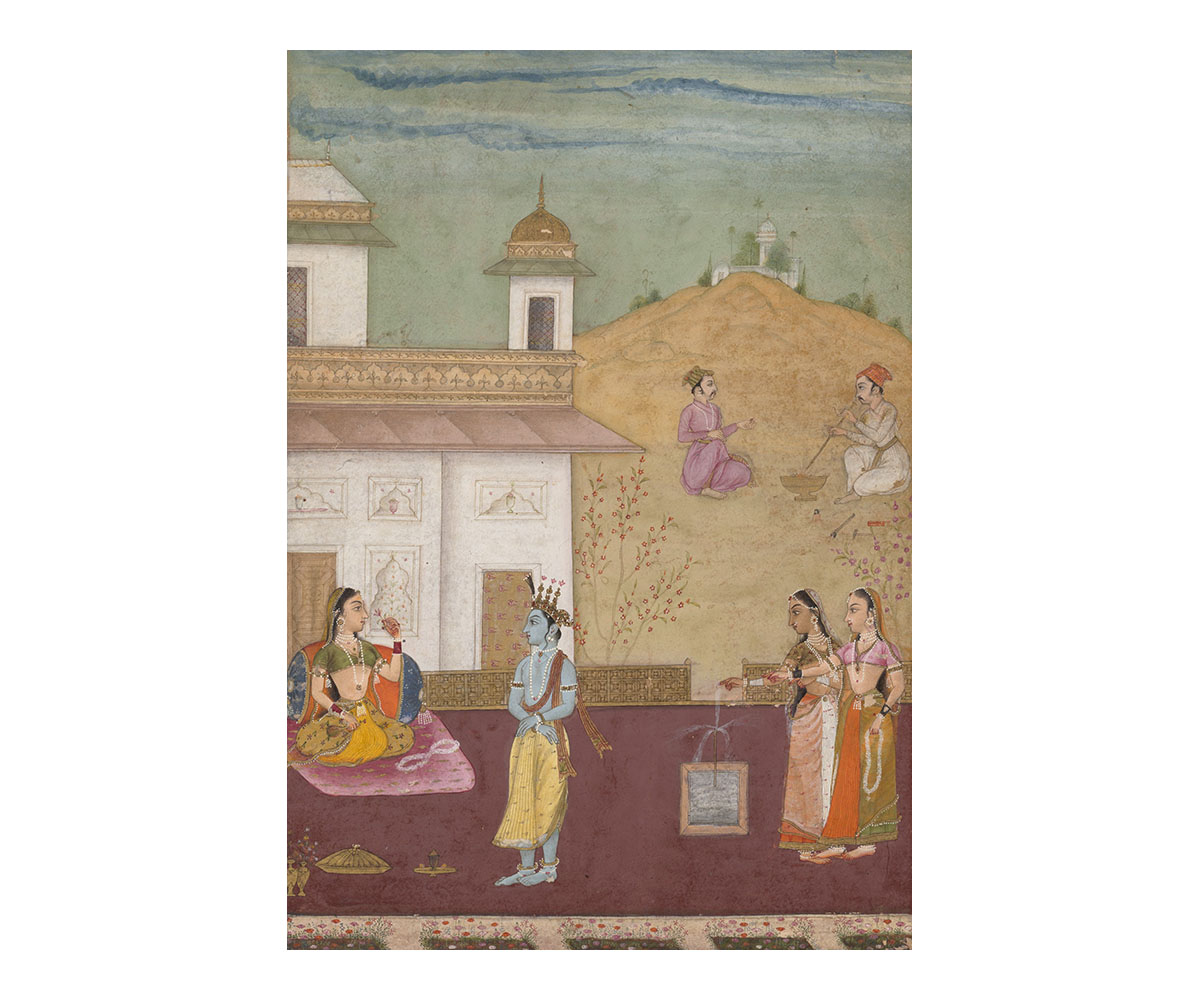ARTICLE
Choli
Paired with the ghagra or saree, the choli is a tight-fitting blouse that is fastened either in the front or the back. Derived from the Sanskrit chola or cholaka, meaning “long coat” or “jacket,” the garment usually falls to the hips.
The origin of the choli can be traced to the first century CE, with the uttariya, an unstitched cloth used to cover the upper body and worn by both men and women during the Vedic period. This evolved to the stanapatta, also known as kanchuki, which was a bodice used by women to cover the breasts and is considered to be the direct predecessor of the choli. The kanchuki is believed to have evolved into the kanchali in Rajasthan and the kanjari in Gujarat and parts of Sindh — the latter of which is distinct from the choli in its shape and stitch; whereas the kanjari is square, does not have cups for the breasts and is fastened by cords, the choli is rounded to fit the shoulder, has cups that cover the breasts and may be fastened with hooks as well as cords.
Stitched garments such as cholis are believed to have been introduced to the Indian subcontinent from Central Asia in the beginning of the first century CE by the Kushanas or the Sakas. Evidence from sculptures and paintings suggest that the choli became widely worn by women, especially palace dancers, during the Gupta period. While the choli, ghagra and odhani combination was a popular attire among Hindu women in several parts of the country, it also came to be worn by Muslim women in the nineteenth century. Women in Rajasthan and Gujarat, especially of the pastoral communities and tribes, wear similar attires regardless of their religion.
Cholis have varied across the country and with time, not only in design but also in relation to class, caste and community. The design and shape of a choli can indicate the region and community of the wearer; for instance, cotton stanapattas were common during the Gupta period, whereas cholis from Gujarat reflect the embroidery and textile practices of the state. Variations in necklines, sleeve-length, blouse-length, back fastening or front fastening and bare-back or back-covered designs have led to the emergence of different trends in cholis. This has also resulted in modifications to the cholis that are worn with sarees, although the traditional variety still continues to be worn by women in communities across India.
Bibliography
Our website is currently undergoing maintenance and re-design, due to which we have had to take down some of our bibliographies. While these will be re-published shortly, you can request references for specific articles by writing to hellomapacademy@map-india.org.











